

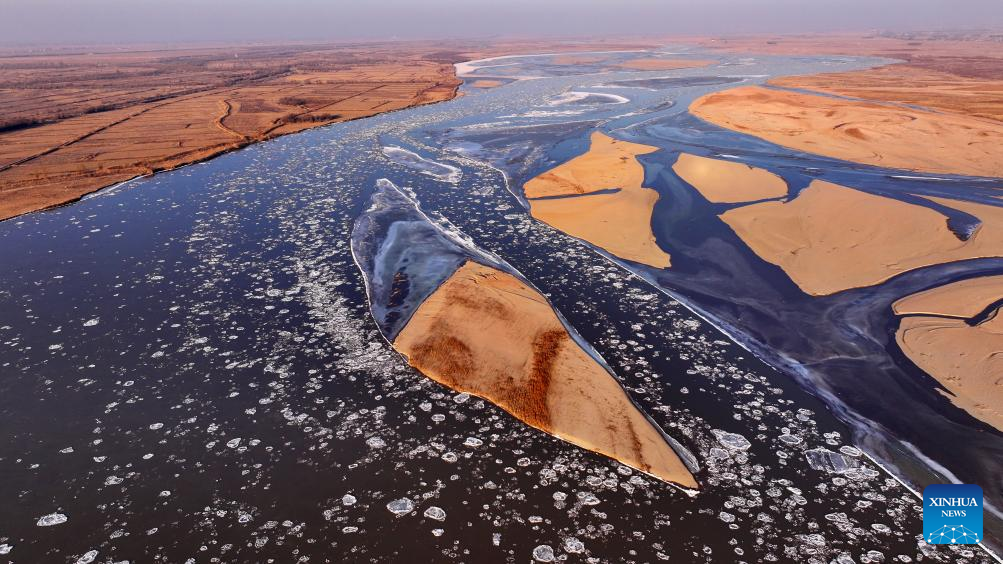
This aerial photo taken on Dec. 24, 2023 shows the flowing ice on the Yellow River in northwest China's Ningxia Hui Autonomous Region. The flows are a common occurrence on the Yellow River when changing temperatures cause freezes and thaws. The 5,464-km-long Yellow River is the second longest river in China. It originates from the Qinghai-Tibet Plateau and runs through the Loess Plateau. (Xinhua/Wang Peng)
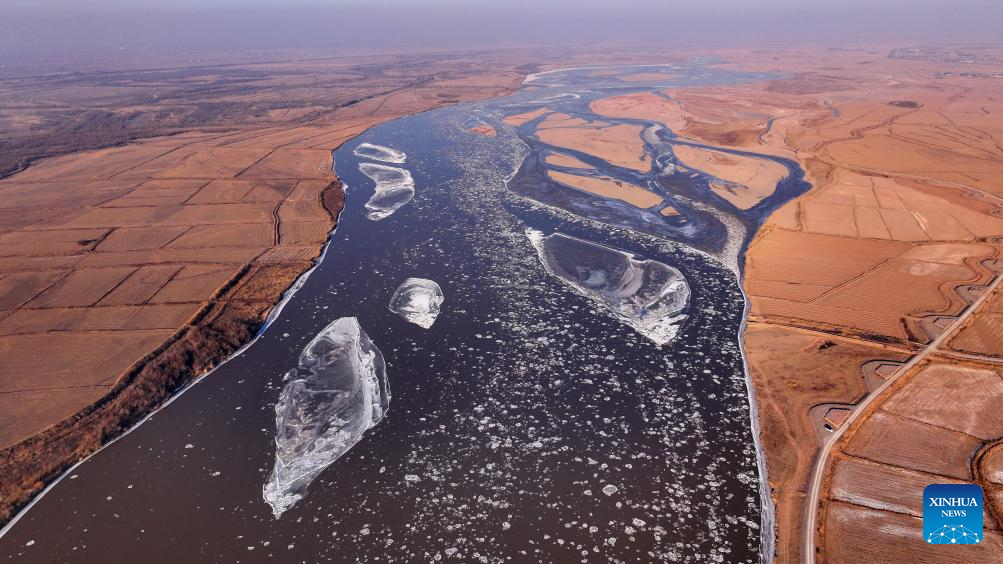
This aerial photo taken on Dec. 24, 2023 shows the flowing ice on the Yellow River in northwest China's Ningxia Hui Autonomous Region. The flows are a common occurrence on the Yellow River when changing temperatures cause freezes and thaws. The 5,464-km-long Yellow River is the second longest river in China. It originates from the Qinghai-Tibet Plateau and runs through the Loess Plateau. (Xinhua/Wang Peng)
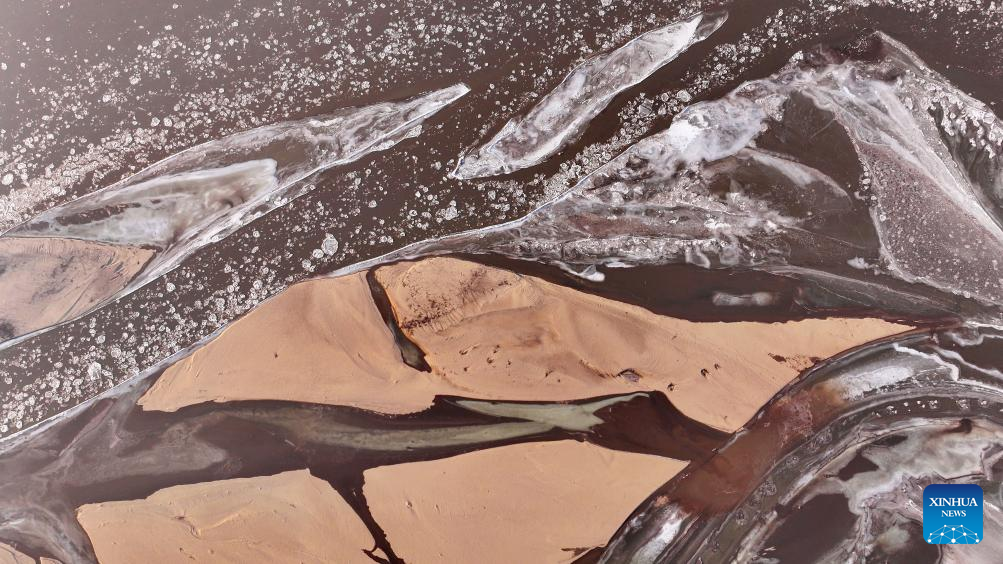
This aerial photo taken on Dec. 24, 2023 shows the flowing ice on the Yellow River in northwest China's Ningxia Hui Autonomous Region. The flows are a common occurrence on the Yellow River when changing temperatures cause freezes and thaws. The 5,464-km-long Yellow River is the second longest river in China. It originates from the Qinghai-Tibet Plateau and runs through the Loess Plateau. (Xinhua/Wang Peng)

This aerial photo taken on Dec. 24, 2023 shows the flowing ice on the Yellow River in northwest China's Ningxia Hui Autonomous Region. The flows are a common occurrence on the Yellow River when changing temperatures cause freezes and thaws. The 5,464-km-long Yellow River is the second longest river in China. It originates from the Qinghai-Tibet Plateau and runs through the Loess Plateau. (Xinhua/Wang Peng)
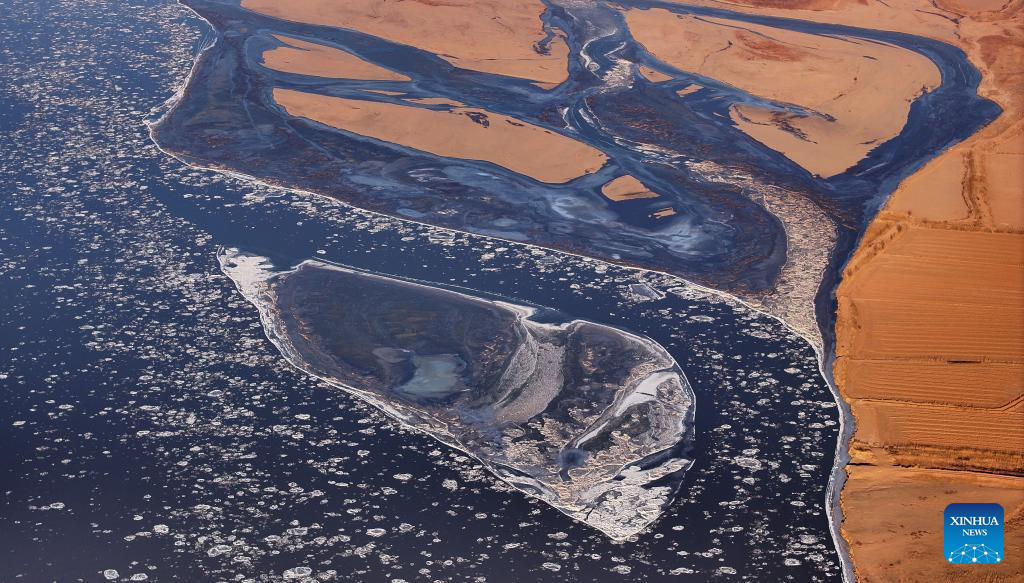
This aerial photo taken on Dec. 24, 2023 shows the flowing ice on the Yellow River in northwest China's Ningxia Hui Autonomous Region. The flows are a common occurrence on the Yellow River when changing temperatures cause freezes and thaws. The 5,464-km-long Yellow River is the second longest river in China. It originates from the Qinghai-Tibet Plateau and runs through the Loess Plateau. (Xinhua/Wang Peng)
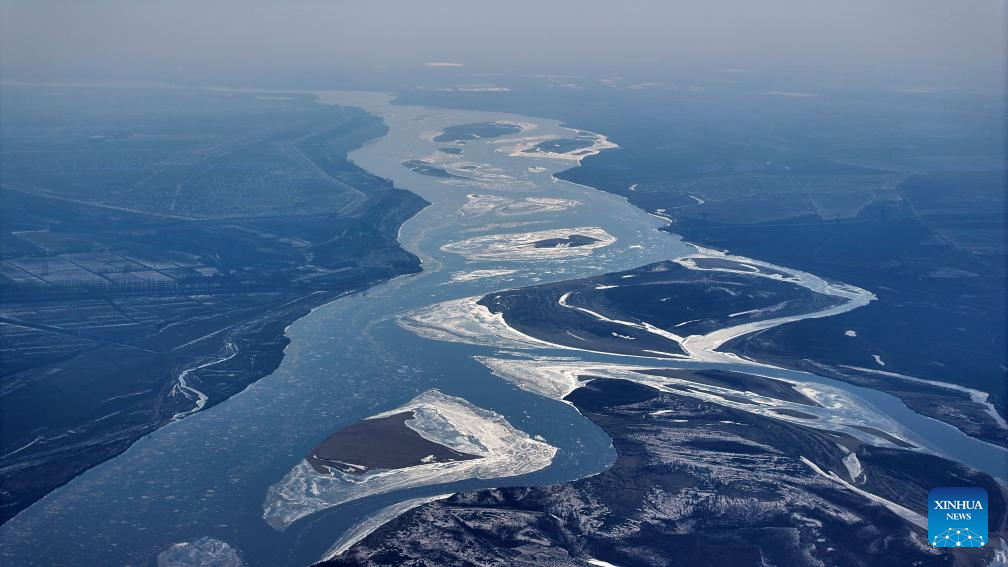
This aerial photo taken on Dec. 24, 2023 shows the flowing ice on the Yellow River in northwest China's Ningxia Hui Autonomous Region. The flows are a common occurrence on the Yellow River when changing temperatures cause freezes and thaws. The 5,464-km-long Yellow River is the second longest river in China. It originates from the Qinghai-Tibet Plateau and runs through the Loess Plateau. (Xinhua/Wang Peng)
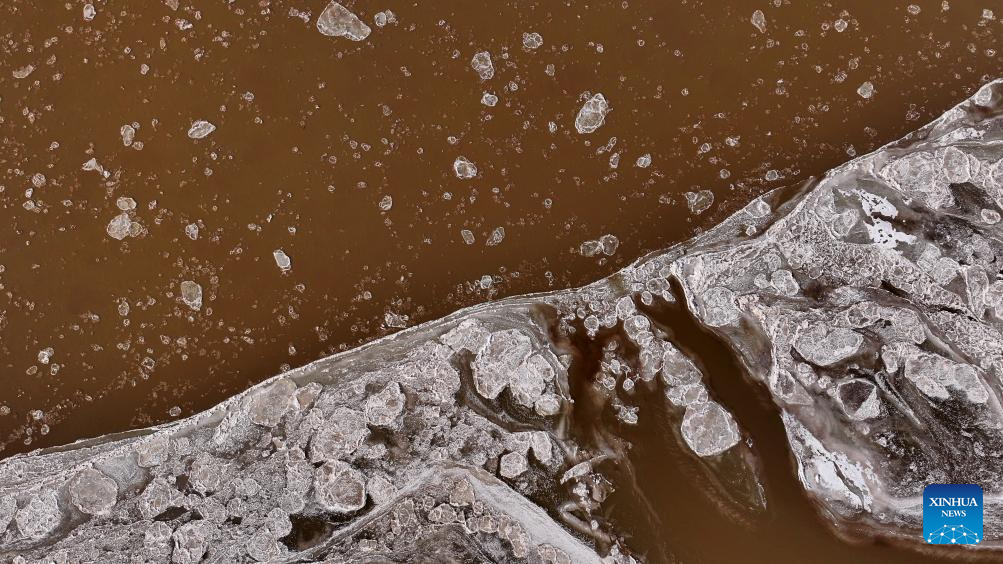
This aerial photo taken on Dec. 24, 2023 shows the flowing ice on the Yellow River in northwest China's Ningxia Hui Autonomous Region. The flows are a common occurrence on the Yellow River when changing temperatures cause freezes and thaws. The 5,464-km-long Yellow River is the second longest river in China. It originates from the Qinghai-Tibet Plateau and runs through the Loess Plateau. (Xinhua/Wang Peng)
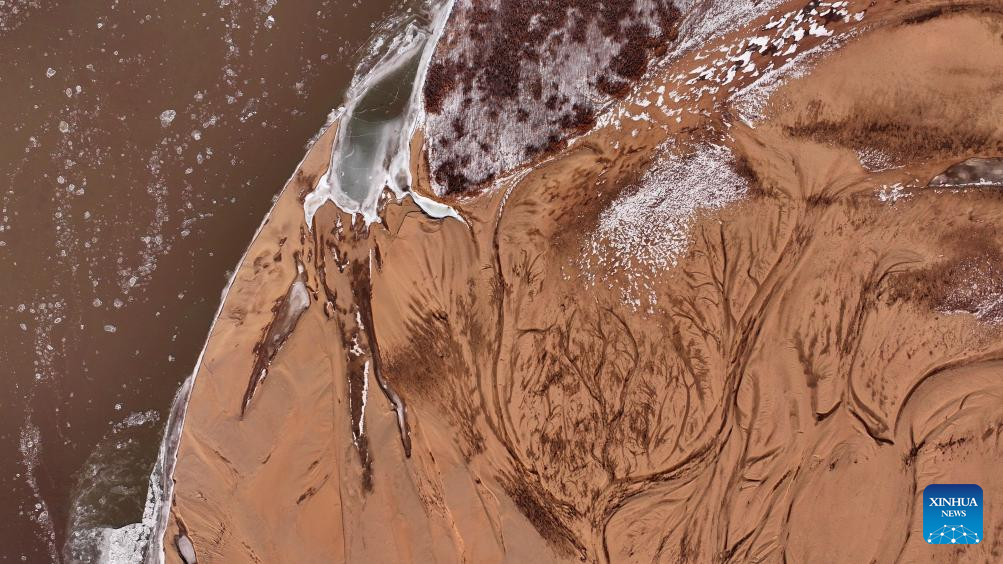
This aerial photo taken on Dec. 24, 2023 shows the flowing ice on the Yellow River in northwest China's Ningxia Hui Autonomous Region. The flows are a common occurrence on the Yellow River when changing temperatures cause freezes and thaws. The 5,464-km-long Yellow River is the second longest river in China. It originates from the Qinghai-Tibet Plateau and runs through the Loess Plateau. (Xinhua/Wang Peng)
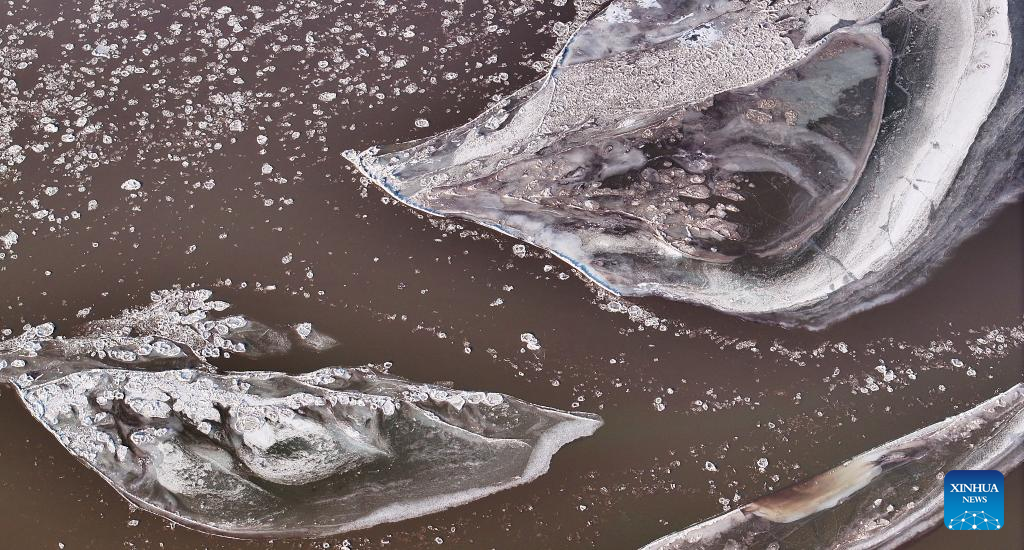
This aerial photo taken on Dec. 24, 2023 shows the flowing ice on the Yellow River in northwest China's Ningxia Hui Autonomous Region. The flows are a common occurrence on the Yellow River when changing temperatures cause freezes and thaws. The 5,464-km-long Yellow River is the second longest river in China. It originates from the Qinghai-Tibet Plateau and runs through the Loess Plateau. (Xinhua/Wang Peng)
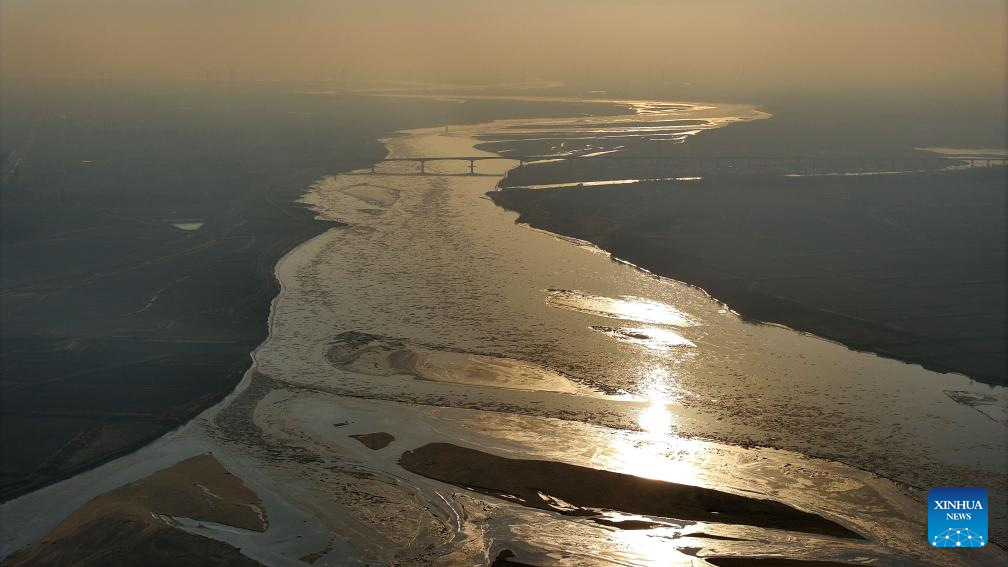
This aerial photo taken on Dec. 24, 2023 shows the flowing ice on the Yellow River in northwest China's Ningxia Hui Autonomous Region. The flows are a common occurrence on the Yellow River when changing temperatures cause freezes and thaws. The 5,464-km-long Yellow River is the second longest river in China. It originates from the Qinghai-Tibet Plateau and runs through the Loess Plateau. (Xinhua/Wang Peng)
点击右上角![]() 微信好友
微信好友
 朋友圈
朋友圈

请使用浏览器分享功能进行分享
